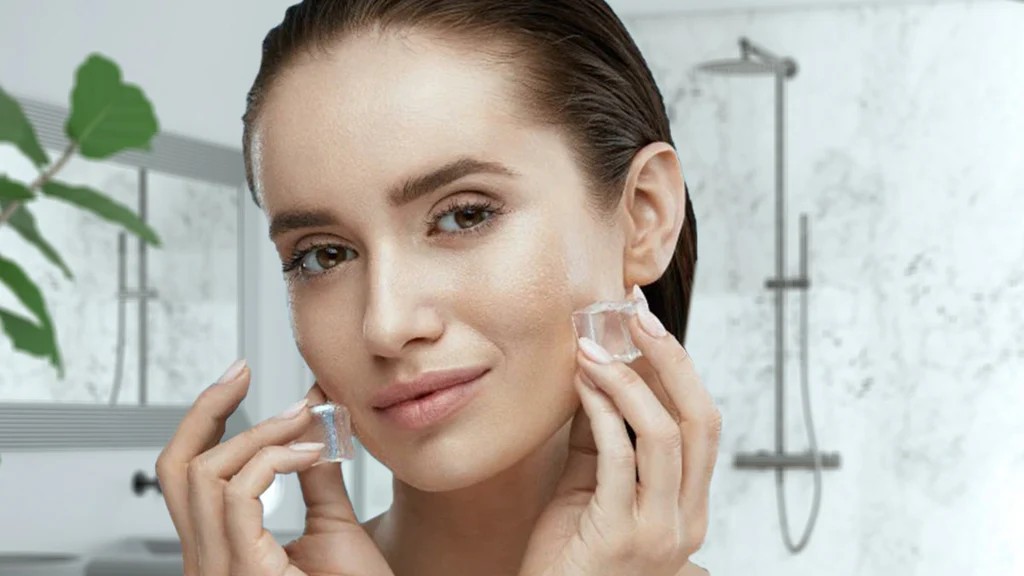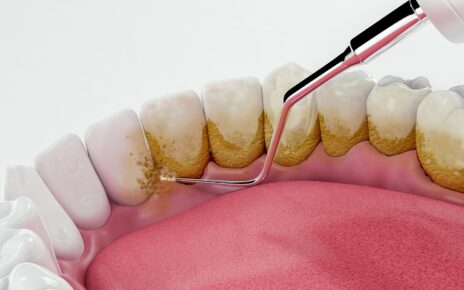Cold weather can leave your skin feeling dry, tight, and irritated, especially after spending hours braving harsh winds and freezing temperatures. Your skin craves nourishment and care to restore hydration and repair any damage caused by exposure to the elements. A post-cold-day skincare routine can help rejuvenate your skin, leaving it soft, hydrated, and glowing.
Here’s how you can pamper your skin effectively after a long, chilly day, with tips from experts at a trusted dermatologist clinic.
Step 1: Start with a Gentle Cleanse
After exposure to the cold, your skin needs a thorough but gentle cleanse to remove impurities and pollutants.
- What to Look For: Use a hydrating, sulfate-free cleanser that won’t strip your skin’s natural oils.
- Pro Tip: Avoid hot water; opt for lukewarm water to prevent additional dryness.
Cleansing prepares your skin for the nourishing steps to follow, ensuring better absorption of skincare products.
Step 2: Exfoliate Gently (If Needed)
If your skin feels rough or flaky, a gentle exfoliation can help slough off dead skin cells. However, avoid over-exfoliating, as it may irritate winter-sensitive skin.
- What to Look For: Use a mild chemical exfoliant like lactic acid or an enzyme-based scrub.
- Pro Tip: Exfoliate only 1-2 times a week to maintain your skin’s barrier.
For sensitive skin, seek advice from a dermatologist clinic to choose the best exfoliating products.
Step 3: Replenish with a Hydrating Toner
A hydrating toner refreshes your skin and replenishes lost moisture after cleansing.
- What to Look For: Toners with hyaluronic acid, rose water, or aloe vera are ideal for winter hydration.
- Pro Tip: Apply the toner by gently patting it into your skin for maximum absorption.
This step preps your skin for deeper hydration while soothing any redness caused by the cold.
Step 4: Apply a Soothing Serum
Serums with nourishing and repairing ingredients can help combat the effects of cold weather.
- What to Look For:
- Hyaluronic Acid: For intense hydration.
- Vitamin E or Niacinamide: To soothe irritation and repair the skin barrier.
- Ceramides: To strengthen the skin’s protective layer.
- Pro Tip: Gently press the serum into your skin rather than rubbing it in.
A dermatologist clinic can recommend a serum tailored to your specific skin needs.
Step 5: Lock in Moisture with a Rich Cream
Your skin loses a lot of moisture in cold weather, so applying a rich, nourishing moisturizer is essential.
- What to Look For: Choose a cream with shea butter, squalane, or ceramides to deeply hydrate and restore your skin.
- Pro Tip: Massage the moisturizer into your skin using upward circular motions to boost circulation.
This step ensures your skin remains hydrated and soft throughout the night.
Step 6: Treat Your Lips
Cold weather can leave your lips chapped and dry, so don’t forget to pamper them too!
- What to Look For: Use a lip balm with beeswax, lanolin, or vitamin E.
- Pro Tip: Apply a thick layer of balm before bed for overnight repair.
Keep a hydrating lip balm handy during the day to reapply as needed.
Step 7: Use a Face Oil for Extra Nourishment
Adding a few drops of face oil to your routine can provide an extra layer of hydration and nourishment.
- What to Look For: Oils like argan, rosehip, or jojoba are lightweight and deeply nourishing.
- Pro Tip: Warm the oil between your hands before pressing it gently into your skin.
A face oil is especially beneficial for dry or combination skin during winter.
Step 8: Pamper with an Overnight Mask
For an extra treat, apply an overnight mask to supercharge your skin’s recovery while you sleep.
- What to Look For: Hydrating masks with ingredients like hyaluronic acid, aloe vera, or glycerin.
- Pro Tip: Use this step 2-3 times a week for the ultimate skin pampering.
Your dermatologist clinic can recommend specialized overnight treatments for more intensive care.
Why Winter Skincare Matters
Cold temperatures and low humidity levels can strip your skin of its natural oils, leading to dryness, irritation, and a compromised barrier. A thoughtful post-cold-day skincare routine helps restore your skin’s balance, keeping it healthy and glowing all season long.
When to Consult a Dermatologist
If your skin feels persistently dry, flaky, or irritated despite following a proper skincare routine, it’s time to visit a dermatologist clinic near you. Conditions like eczema or rosacea can worsen in winter and require professional care.
Conclusion
Pampering your skin after a long day in the cold is not just a luxury—it’s essential for maintaining your skin’s health and radiance during winter. With the right products and a consistent routine, you can repair and rejuvenate your skin, leaving it soft, supple, and glowing.
For personalized skincare advice, consult a dermatologist clinic online, and let your skin shine even on the chilliest days.





